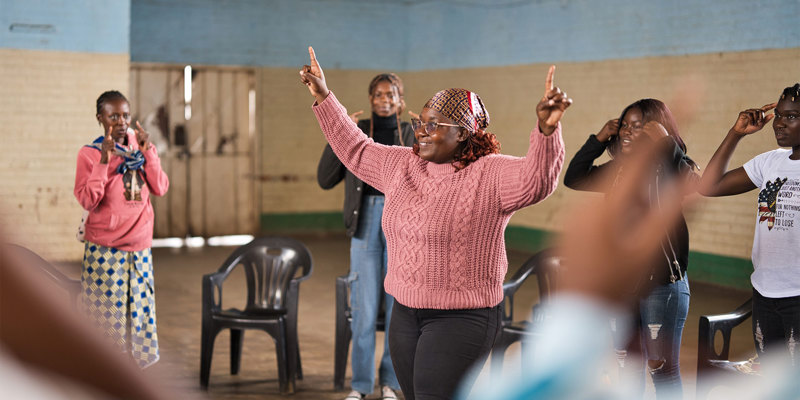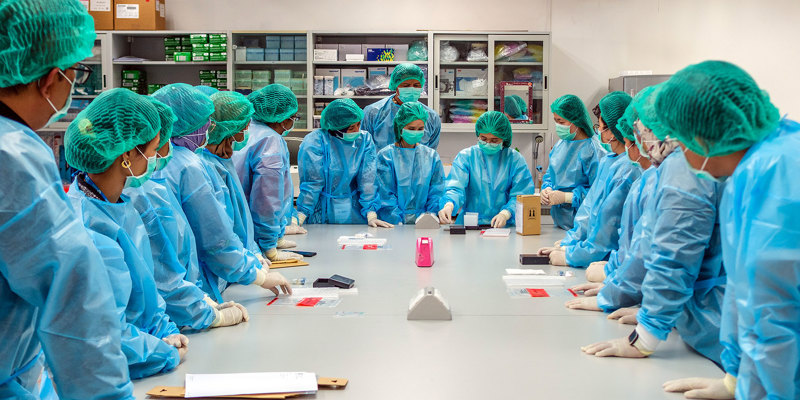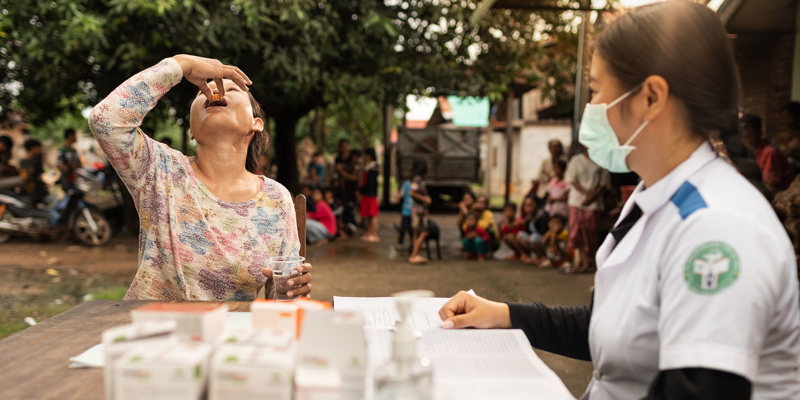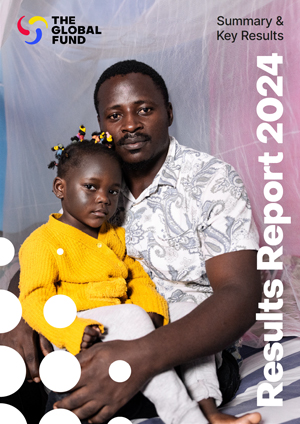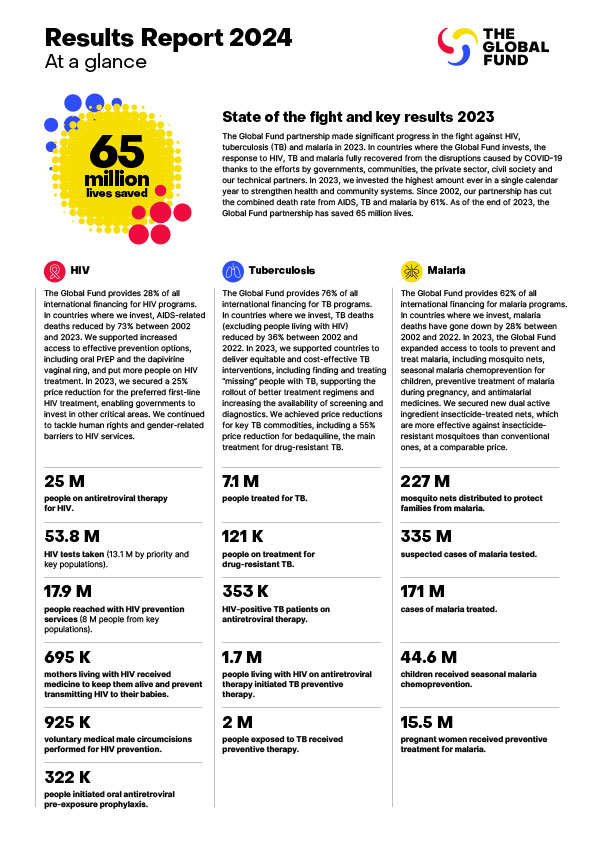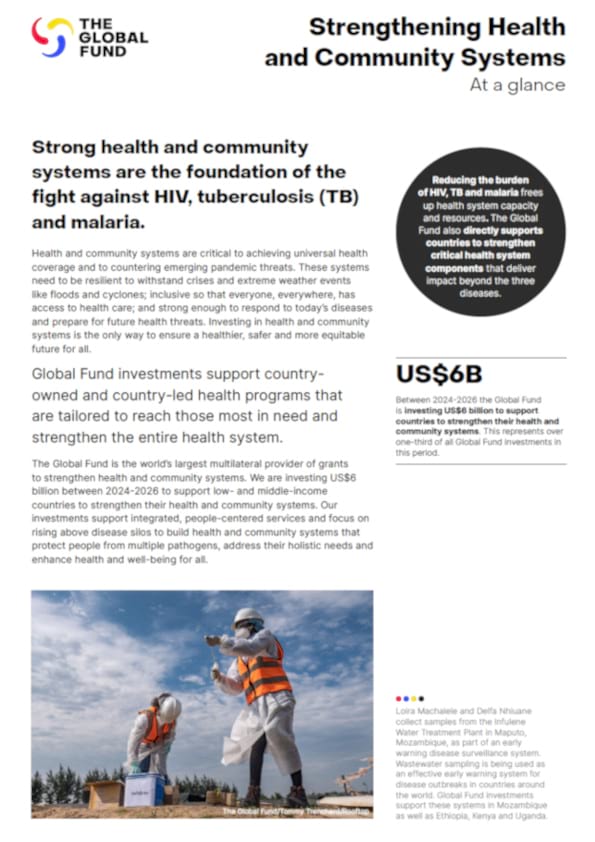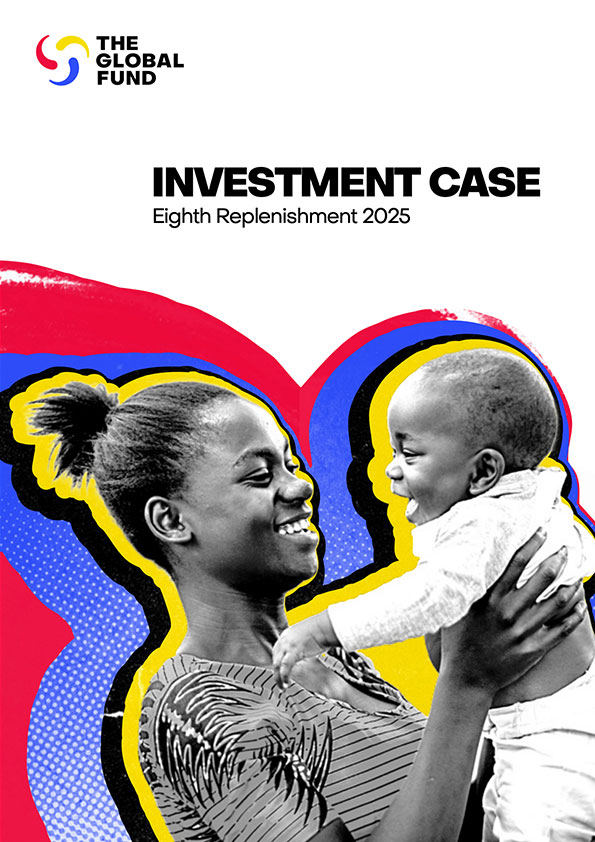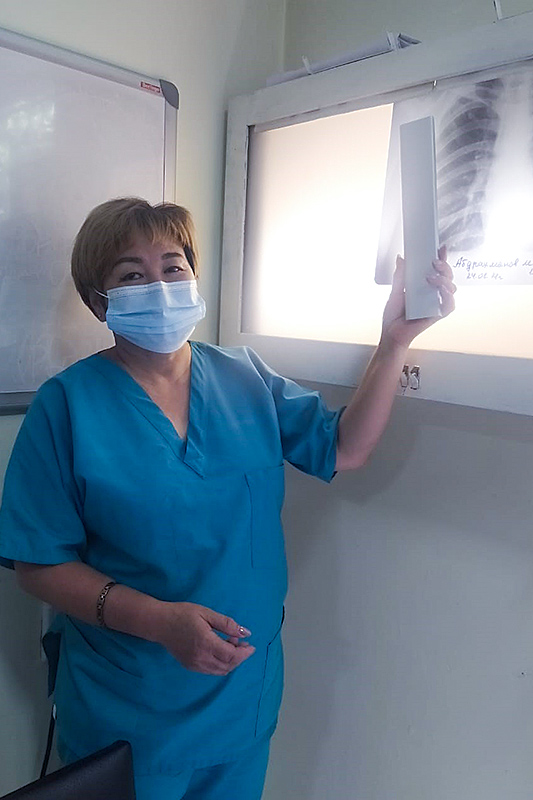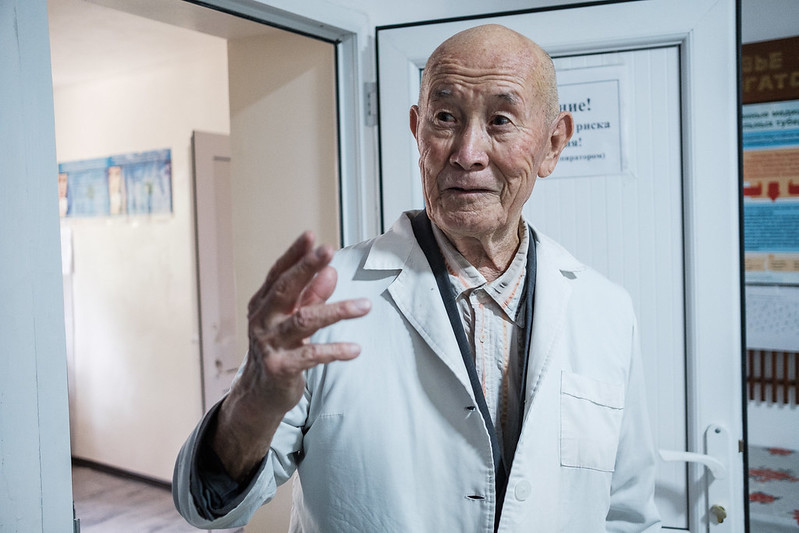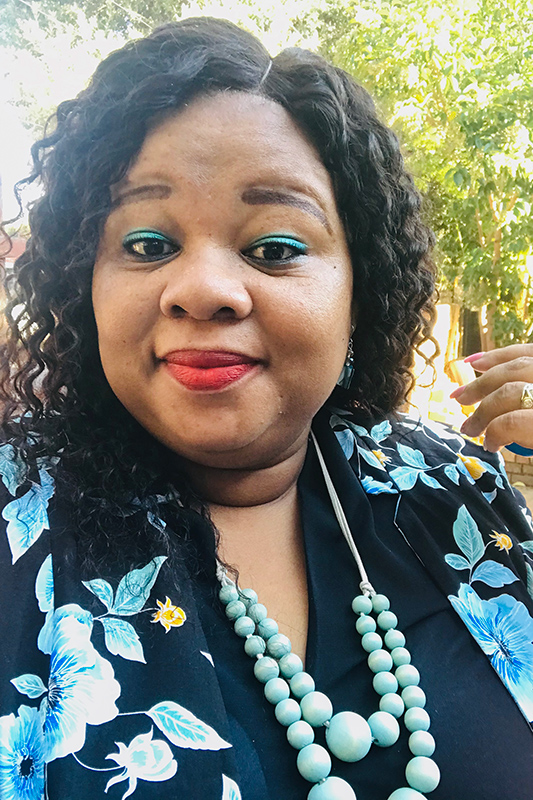El Salvador
“In the ‘80s and ‘90s, malaria gave us no truce”
After over three years without recording a single case, in 2021 El Salvador became the first Central American country to be certified by WHO as malaria-free. It was the culmination of 50 years of hard work.
Following decades of success dating back to the 1940s, El Salvador experienced a resurgence of malaria as mosquitoes became resistant to common pesticides. In 1980, the country recorded a peak of 96,000 cases. “In the 1980s and ‘90s, malaria gave us no truce,” says Fidel Alvarenga Ruiz, malaria supervisor in Sonsonate, western El Salvador.
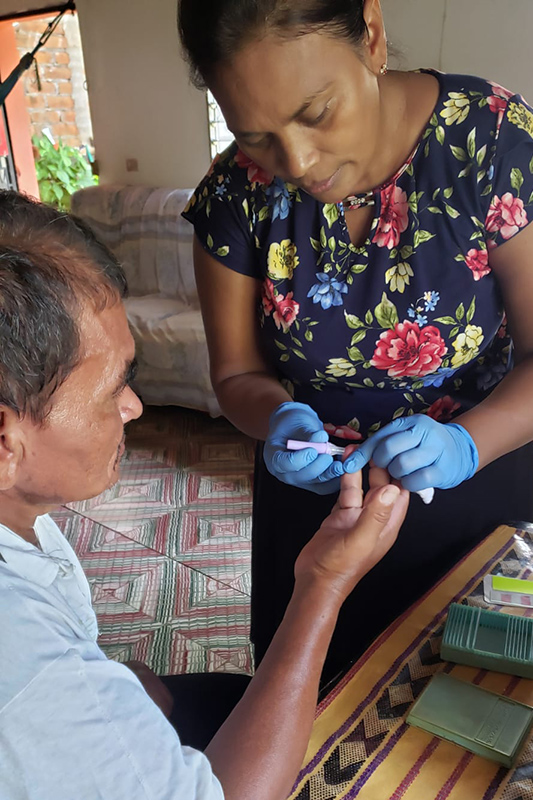
Esmeralda Sorto
Thanks to a reorientation of the malaria program, which led to improved targeting of resources and interventions based on the geographic distribution of cases, the number of cases started to decline. In 2016, El Salvador joined a group of 21 countries with the potential to eliminate malaria by 2020. Through this initiative, organizations like WHO, PAHO and the Global Fund supported El Salvador, as well as the other 20 countries, to become malaria-free.
El Salvador has not had an outbreak since 2006 and registered just 26 cases in 2010. The last local case was reported in 2016.
Esmeralda Sorto is one of El Salvador’s 2,700 volunteer malaria health workers. “When I started this work 27 years ago, there were many cases of malaria. People came in big groups to take the test,” she says. “Now nobody gets sick or dies from malaria.”
The challenge now is to prevent new cases of locally transmitted malaria and to make sure there are no imported cases, says Sorto. The large number of migrant workers, among other factors, makes it essential to maintain an efficient surveillance system.
While 40 countries and territories have been certified as malaria-free, the disease continues to infect hundreds of millions of people and kill more than 400,000 each year. In 2020, WHO warned that the COVID-19 pandemic risked exacerbating malaria deaths in some parts of the world.
